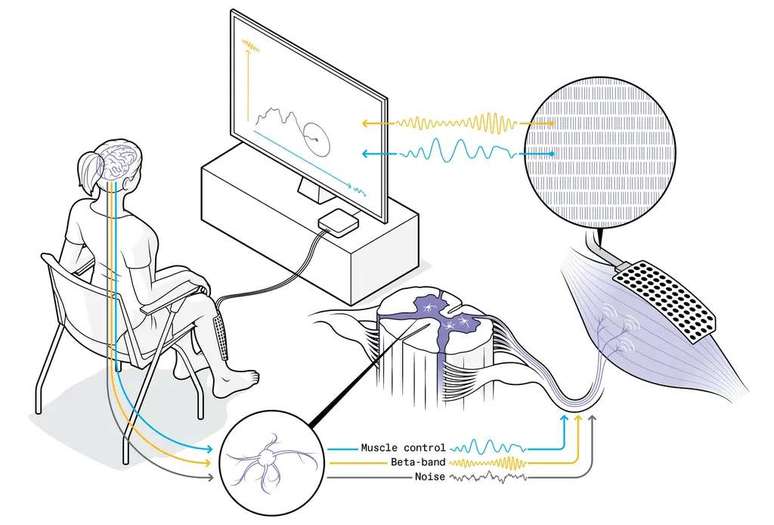Device a la Dr. The octopus uses unused electrical signals from the brain to control the mechanical arm
Researchers from Imperial College London in England and the University of Freiburg in Germany are working on developing an extra robotic hand similar to that of Dr. Octopus, Spider-Man’s archenemy in the comics and films.
- The mind-controlled robotic arm restores the sense of touch
- Students create a 3D printed robotic hand for a classmate
According to the scientists, the extra member could be controlled by the user’s mind, allowing tasks to be performed without involving other parts of the human body. This would, in theory, leave your hands free to perform other tasks.
“With this system, we could provide a new degree of freedom instead of using our hands to control a joystick to maneuver a robotic arm, for example. Everything would be controlled through electrical impulses from the brain,” the scientists told the IEEE Spectrum website.
Electromyography
Other prototypes for controlling robotic limbs using brain signals have already been tested, but they involve invasive implants to create a brain-machine interface, making them impossible to use outside a controlled laboratory environment.

Instead, this new approach captures electromyographic (EMG) signals produced by muscles, using electrodes on the skin’s surface to detect muscle electrical stimuli that can be decoded and transformed into movements to control mechanical parts.
“To translate these signals, we created a training module that receives EMG signals produced by the user through small muscle contractions. This module determines which motor neuron impulses make up the signal, allowing the mind to literally control a robotic limb,” explain the researchers.
neural signals
Scientists have discovered that unused neural signals from the brain may hold the key to developing an improved control device. Studying these signals, they noticed that the higher frequencies in motor neurons are not used, while the lower frequencies become responsible for effective muscle control.
In laboratory tests, although the users exercised control over their movements, they were not very accurate. Furthermore, it has not been demonstrated whether the brain would be able to develop adaptations over time that would allow users to maintain intuitive control over the robotic limb, ie to get used to the technology.
“Connecting our control technology to a robotic arm or other external device is a natural next step and we are pursuing this goal. The real challenge, however, will not be connecting hardware, but rather identifying multiple sources of control that are as accurate as enough to perform complex and precise actions with the robotic body parts,” the scientists added.
Source: IEEE spectrum
Trending on Canaltech:
- 5 reasons NOT to buy the 2023 Hyundai HB20S
- 8 big news in One UI 5.1
- According to one study, children of overprotective fathers live shorter lives
- Do people stop logging in and posting on Facebook?
- Cursed Saint | Discover the new thriller series from Star+
- Xiaomi launches the walkie-talkie with a range of 5 km and a battery of up to 120 hours
Source: Terra
Rose James is a Gossipify movie and series reviewer known for her in-depth analysis and unique perspective on the latest releases. With a background in film studies, she provides engaging and informative reviews, and keeps readers up to date with industry trends and emerging talents.






